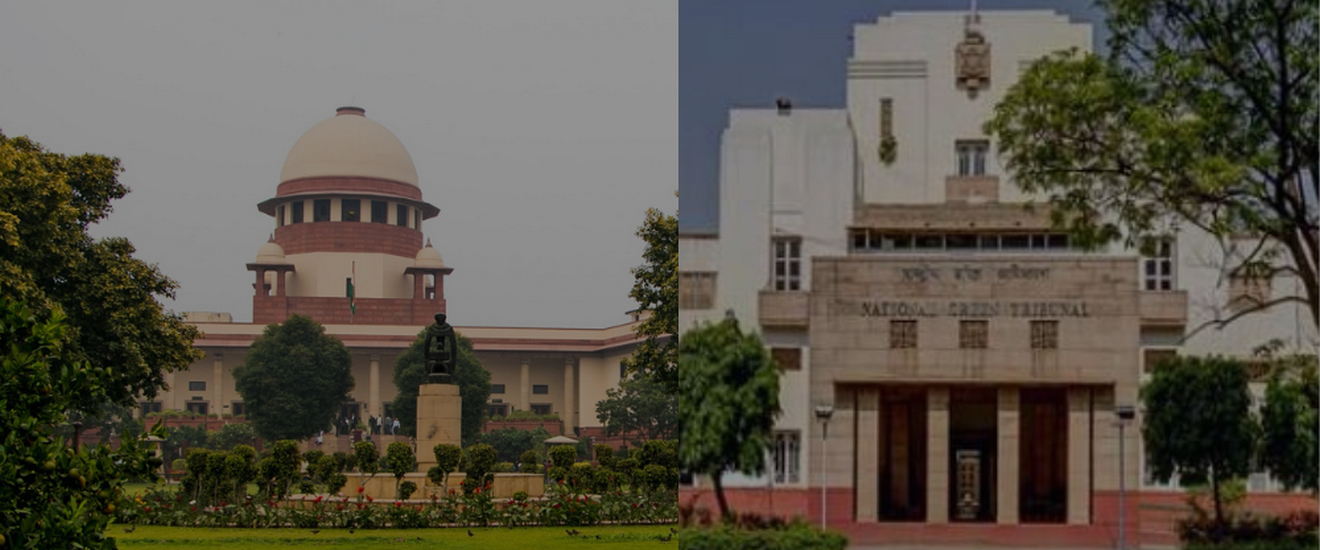Analysis
Challenging the NGT’s Use of Suo Moto Powers
16 orders of the NGT are now before the Supreme Court on appeal. The Court will decide whether the NGT has suo moto powers.

In 2021 the Supreme Court will consider several petitions challenging the NGT’s suo moto powers. The lead petition is a challenge filed by the Mumbai Municipal Corporation. In October 2018 the National Green Tribunal (NGT) reacting to a newspaper report passed an order imposing a fine of five crores on the Mumbai Municipal Corporation for improper solid waste management. Similarly, in March 2021, the NGT passed an order increasing the minimum distance of quarries from residential areas from 50 to 200 metres in Kerala based on a letter written to the Chairman.
These orders, together with 14 other orders, are now before the Supreme Court (SC) on appeal. The Court will decide whether the NGT has the suo moto power to make orders based on letters and news articles.
The appellants argue that there is no provision under the National Green Tribunal Act, 2010 (the Act) that explicitly allows the Tribunal to exercise suo moto powers. Since the NGT is a statutory body, its powers are limited to the provisions of the Act. While the Act grants the tribunal jurisdiction over all civil cases where there is a ‘substantial question relating to the environment’ (s 14), this cannot be read to include suo moto powers of the NGT.
The respondents argue that the broad powers vested in the NGT to adjudicate ‘substantial questions relating to the environment’ reflects the purpose with which the tribunal was formed. According to them, this purpose guides the ‘conscience of the Tribunal’. The jurisdiction of the NGT is based on a right to a healthy environment under the constitutionally recognised right to life. So, a procedural requirement such as a formal petition, must not overshadow the core purpose of the tribunal.
Further, they urge that the NGT’s suo moto power is inherent to its function. Before the NGT was established, the 186th Law Commission Report proposed setting up ‘environmental courts’. The goal was to make them accessible to anyone who is affected by an environmental issue or has a public interest in environmental protection. A narrow interpretation of the Act would hinder the NGT from serving this mandate to protect the environment.
If the SC takes a generous view of the NGTs powers it will allow the statutory tribunal to decide what issues it should decide and enable it to have a direct effect on policy making and the functioning of legislatures and the executive. A narrower view will be motivated by the need to distinguish between the powers of constitutional courts and statutory tribunals. Hence, the SC’s view in this case will decisively shape the future of statutory tribunals in India.
